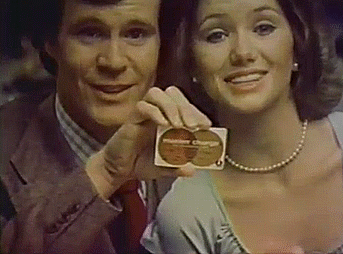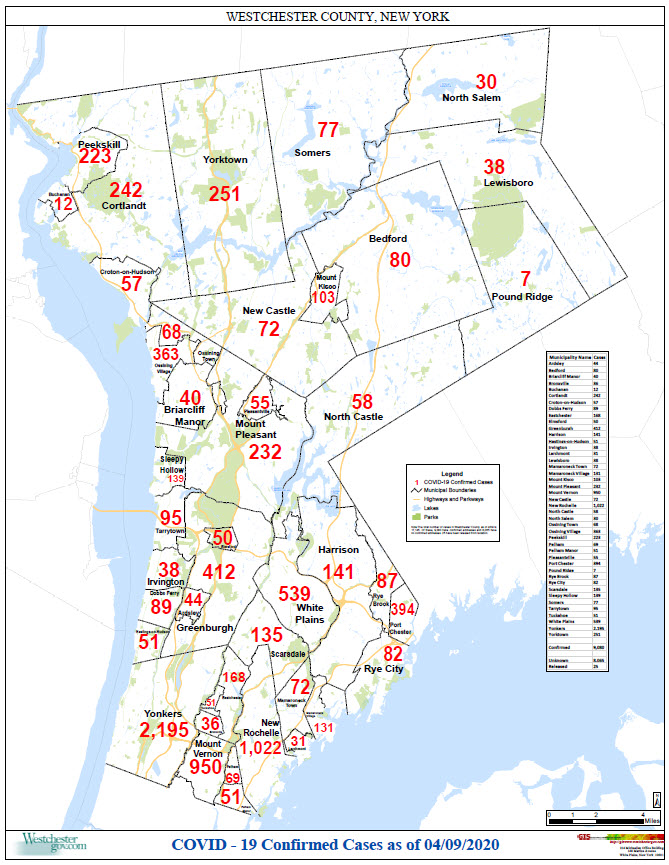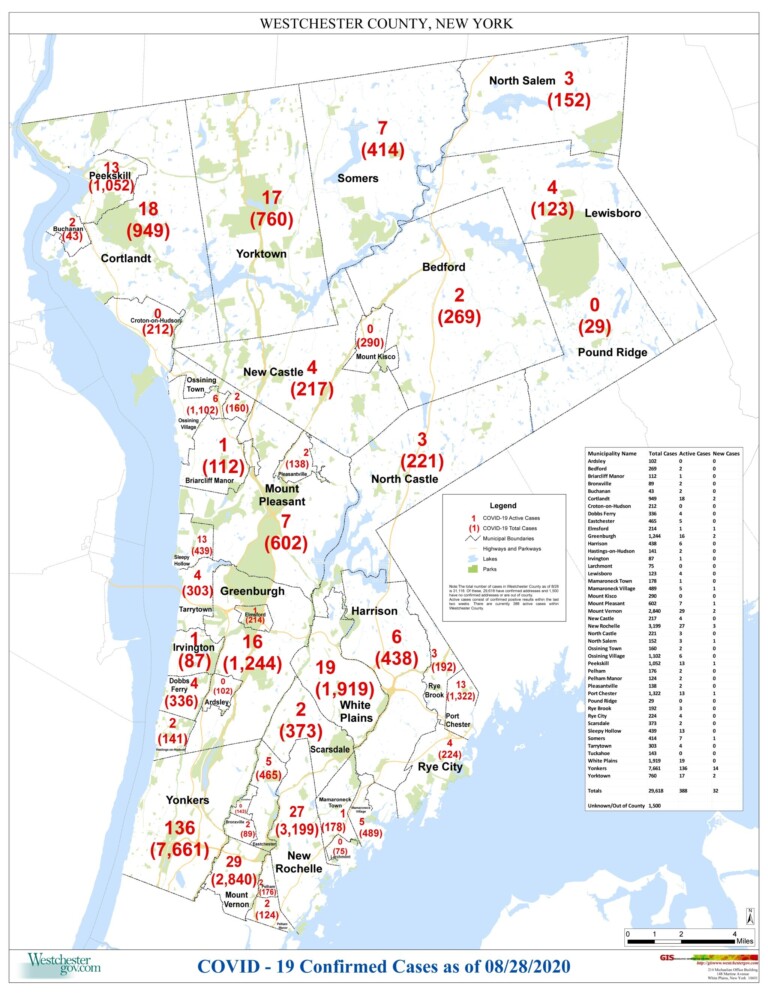Holding Court: All Others Pay Cash

Holding Court is a series by retired Rye City Court Judge Joe Latwin. Latwin retired from the court in December 2022 after thirteen years of service to the City.
What topics do you want addressed by Judge Latwin? Tell us.
If you have failed to appreciate Latwin’s humor to date, this week he just might hook and land you on the deck of the USS Holding Court.
By Joe Latwin
All others pay cash

General Business Law section 518 said that a seller can’t impose a surcharge on a buyer who elects to use a credit card in lieu of payment by cash, check, or similar means. In a federal case involving that law, several sellers wanted to inform customers of their price by stating the cash price in dollars and cents and the credit card price as a percentage or dollars-and-cents amount, reflecting only the additional charge for credit card purchases and not the total dollars-and-cents price for such purchases. They claimed as it was a violation of their First Amendment rights to limit how they expressed their prices. The U.S. Court of Appeals for the Second Circuit, finding no clear, binding New York State law on the question, asked the New York Court of Appeals “does a merchant comply with that law if the merchant posts the total-dollars-and-cents price charged to credit card users.” Everyone agreed that law permitted pricing, in which a merchant offers discounts to customers who pay by cash, so that credit card users pay a higher price. The issue was how is the price to be shown.
In October 2018, New York’s highest court interpreted General Business Law section 518. It answered the question yes – that a merchant does comply with that law if the merchant posts the total-dollars-and-cents price charged to credit card users.
In response, the Legislature unanimously passed Chapter 723 of the Laws of 2023, effective February 11, 2024, that imposed notice requirements on credit card surcharges. The new law requires a seller imposing a surcharge on a customer who elects to use a credit card in lieu of payment by cash, check, or similar means shall clearly and conspicuously post the total price for using a credit card in such transaction, inclusive of surcharge, provided however, any such surcharge may not exceed the amount of the surcharge charged to the business by the credit card company for such credit card use. The final sales price of any such sales transaction, inclusive of such surcharge, shall not amount to a price greater than the posted price for such sales transaction. Nothing in this subdivision shall be deemed to prohibit merchants from offering a two-tier pricing system. For the purposes of this section, “two-tier pricing system” shall mean the tagging or posting of two different prices in which the credit card price, inclusive of any surcharge, is posted alongside the cash price.
The NY State Secretary of State Division of Consumer Protection gives examples of what is a violation of this new law.
These are violations:
Percentage Fee: A sign that says, “if you use a credit or debit card, you will incur a x% fee.”
Additional Charge: When buyer goes to use a debit card, the seller says there will be an additional $2 added because of is using his debit card.
Flat Fee Notice: Kevin goes into his corner store for some groceries. A sign at the register says, “$5 fee for credit card sales.”
Post Purchase Fee: The check has a “services fee” that was added when the buyer said he was paying with his credit card or debit card.
Percentage Fee Notice: A sign that says, “x% fee for all credit card transactions.”
These are compliant:
Listed Itemized Price Scheme: In store sign, “The first price listed is if you use a credit card or debit card for your purchase. The second price is for cash.”
Cash Discount: A sign at the register says, “$x discount for all cash purchases.”
Pay at the Pump: Gas station per gallon price is listed – and is the same as the price on the sign. There is also a discounted price per gallon listed if buyer chooses to pay with cash inside the store.
Discounted Product: Gas station sign at the pump says, “free cup of coffee with all cash sales.”
Percentage Discount: A banner at the door reads “x% discount for all purchases using cash.”
Like many laws, the legislative body does not consider the consequences of the laws. Here are some of the possible unintended consequences. It is possible that it will lead to a 3% price increase. Card issuers usually impose a 2-3% charge for the use of a credit card. The costs of using credit cards must be absorbed by someone. The issuer banks won’t eat the costs since it is the only reason to be in the credit card business. Merchants will either pass on the cost to the customer and just raise all prices, cash or credit, by about the 3% fee the banks’ charge the merchants. Others merchants may, to avoid having to absorb the risk and costs, may choose simply to not accept credit cards or putting in an ATM machine in their store letting the ATM operator collect its fee.






